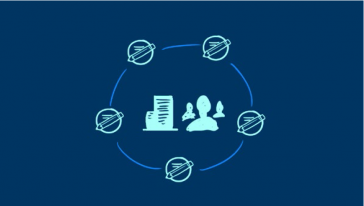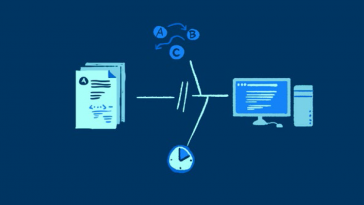What Better rules – better outcomes is all about
Better rules – better outcomes is a New Zealand initiative that enhances the way government develops and implements regulatory systems, and has attracted a lot of international attention.
The rules that are set out in legislation, Acts of Parliament and regulations help govern the way society behaves and operates. At its simplest level, the Better Rules approach enables legislation to be produced in a digital format during the policy development process.
As legislation is developed we make sure it can be understood and translated into digital environments, which makes it easier for citizens and businesses to understand and apply the rules in their own contexts. This is particularly valuable for situations where there are rules for determining things like calculations, eligibility criteria for a benefit, or financial reporting obligations.
Better Rules is a methodology that enables us to reflect the logic of legislation, expressed as concept models, decision models and rule statements.
Together these create a blueprint of the legislation, which then sets out the rules of a regulatory system.
Using the blueprint we can write legislation, for example in English, and simultaneously develop the same interpretation of the legislation in software code.
That software code can then easily be used in our devices and systems to assist people and businesses to understand, benefit from, and comply with legislation in an automated way.
Better Rules complements and enhances the current policy-development process.
Why we are doing this
Nowadays we interact with many aspects of legislation through digital channels and it’s important that we get it right.
Over the last decade we have seen a significant advance in software and digital technologies.
More and more we interact with legislation through our digital devices and systems that work out our entitlements and compliance obligations when interacting with government.
Digital devices and systems assist us to apply for the correct things, and help ensure we don’t miss a payment or fail to meet our compliance requirements.
The difficulty with legislation is that it is not written in a language that our digital devices can understand.
Currently, for legislation to be used by a digital system or device, humans need to translate and re-write the legislation into software languages. An incorrect translation of the legislation is a high risk for everyone.
The Better Rules methodology gives us the opportunity to develop legislation in written language as well as software code right from the start of the policy development process, ensuring the original intent of the legislation is retained in the software code from the outset. That software code can then be used by developers, removing the risk that it’s translated incorrectly.
How are we achieving this?
The Better Rules approach involves working in a multi-disciplinary team using human-centred design techniques. It involves bringing together all of the people invested in developing and implementing a regulatory system – the policy analysts, the lawyers, the legislative drafters, the service designers, the software engineers, end users and more…
Together, they design the overall regulatory system to ensure it focuses on the needs of the end users of that system.
Meeting those needs is the central focus of the design approach, and the whole regulatory system is taken into consideration before any legislation is written.




